It almost seems like for this one we tried putting as many non-words in a title as possible. The Kioxia XD6 is a new EDSFF PCIe Gen4 NVMe SSD. Breaking that down it is an “EDSFF” which is a new next-gen data center storage form factor designed for solid-state drives (SSDs) first instead of legacy rotating hard drives. As part of the first switch in around nine years from PCIe Generation 3 to Generation 4 (Gen4), the industry is looking to introduce drives using the new form factor. In that market, the Kioxia XD6 seems to be the first SSD being sampled for the new spec.
Kioxia XD6 EDSFF PCIe Gen4 NVMe SSDs
First off, the Kioxia XD6 is what the company calls a data center NVMe SSD. These are designed for more modern data centers than what traditional enterprise vendors are generally offering to their customers. For example, the Kioxia CM6 we reviewed can be used in dual-port enclosures and focuses on per-drive performance. Conversely, the CD6 which we should have a review on later this week is a single port drive and is designed to be one of many drives delivering a solution in a scale-out data center.
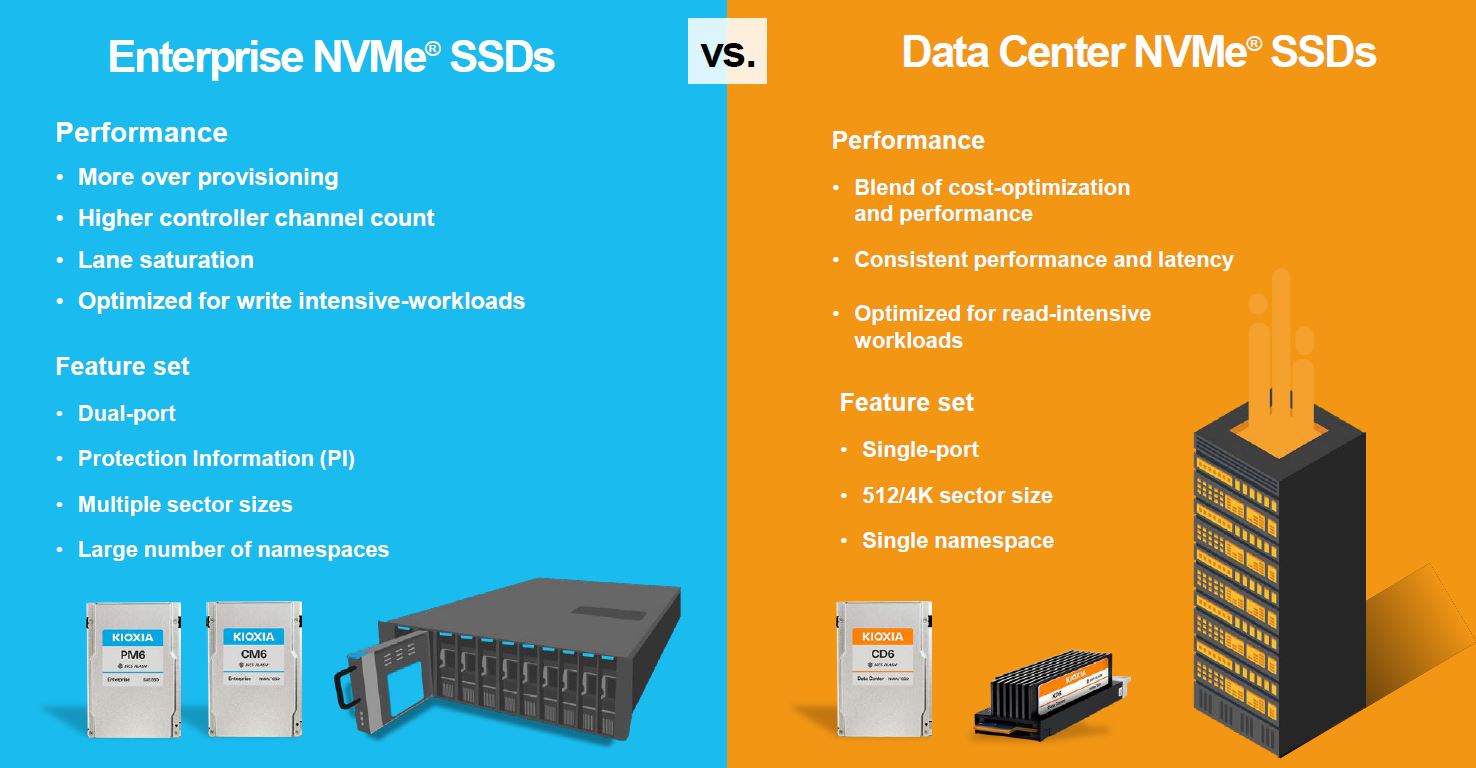
The Kioxia XD6 falls into that data center class of device. There is still a lot of demand for boot drives that are lower capacity. Instead of being serviced with E1.S, Kioxia is servicing that market more with client style m.2 drives. There, the aim is a low cost and low capacity while the new EDSFF drives Kioxia is offering will start at the 2TB class.
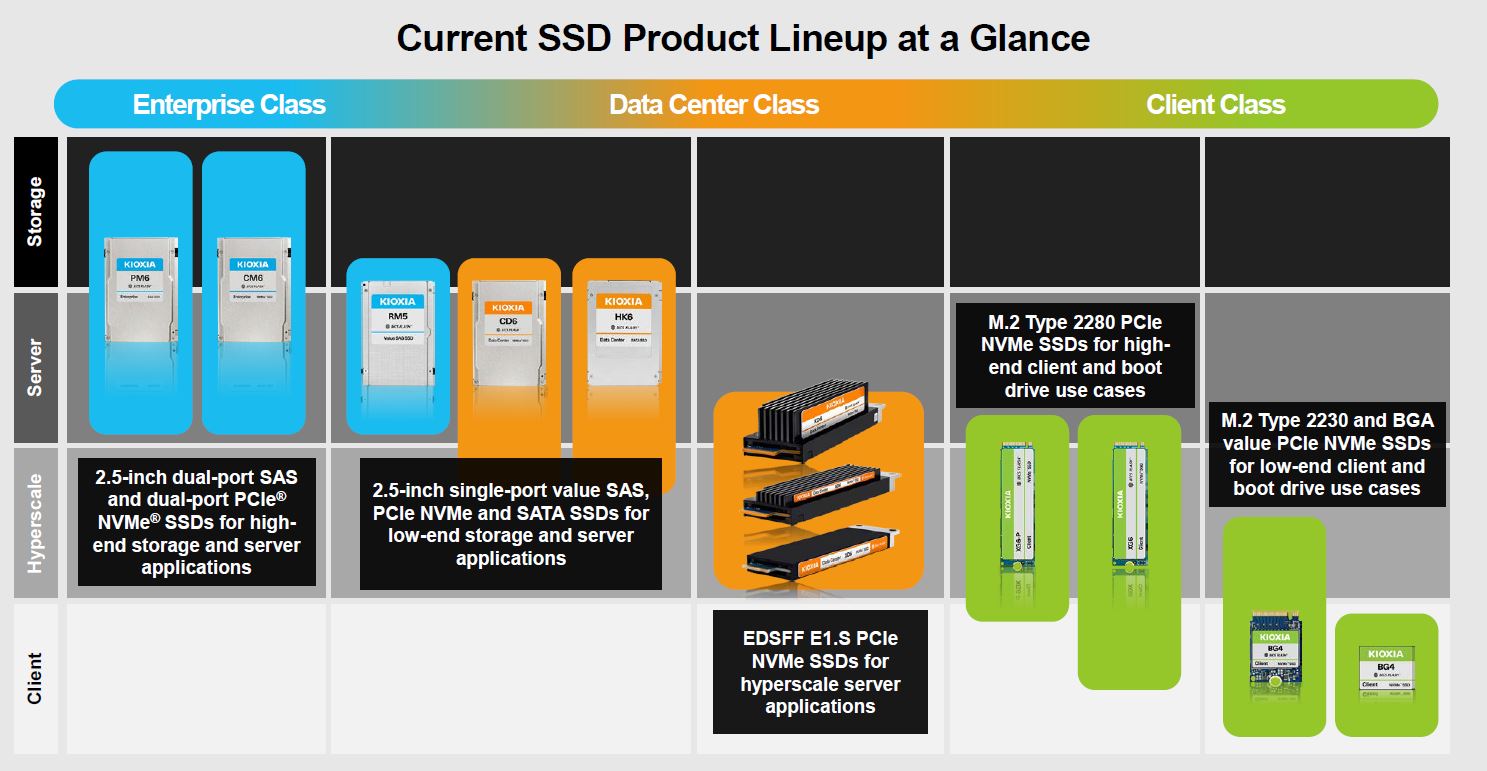
Kioxia has its own controller for the XD6 E1.S platform. The company is also highlighting the OCP connection. Facebook, Microsoft, Baidu, and others are focused on promoting OCP which we cover heavily at STH. As a lead customer for the XD6, Kioxia has Facebook giving quotes. Facebook is a traditionally heavy Intel customer, but with the recent SK hynix deal to acquire Intel’s NAND Storage Business we cannot help to wonder if Kioxia’s win at Facebook with the XD6 was at least a small factor in that move.
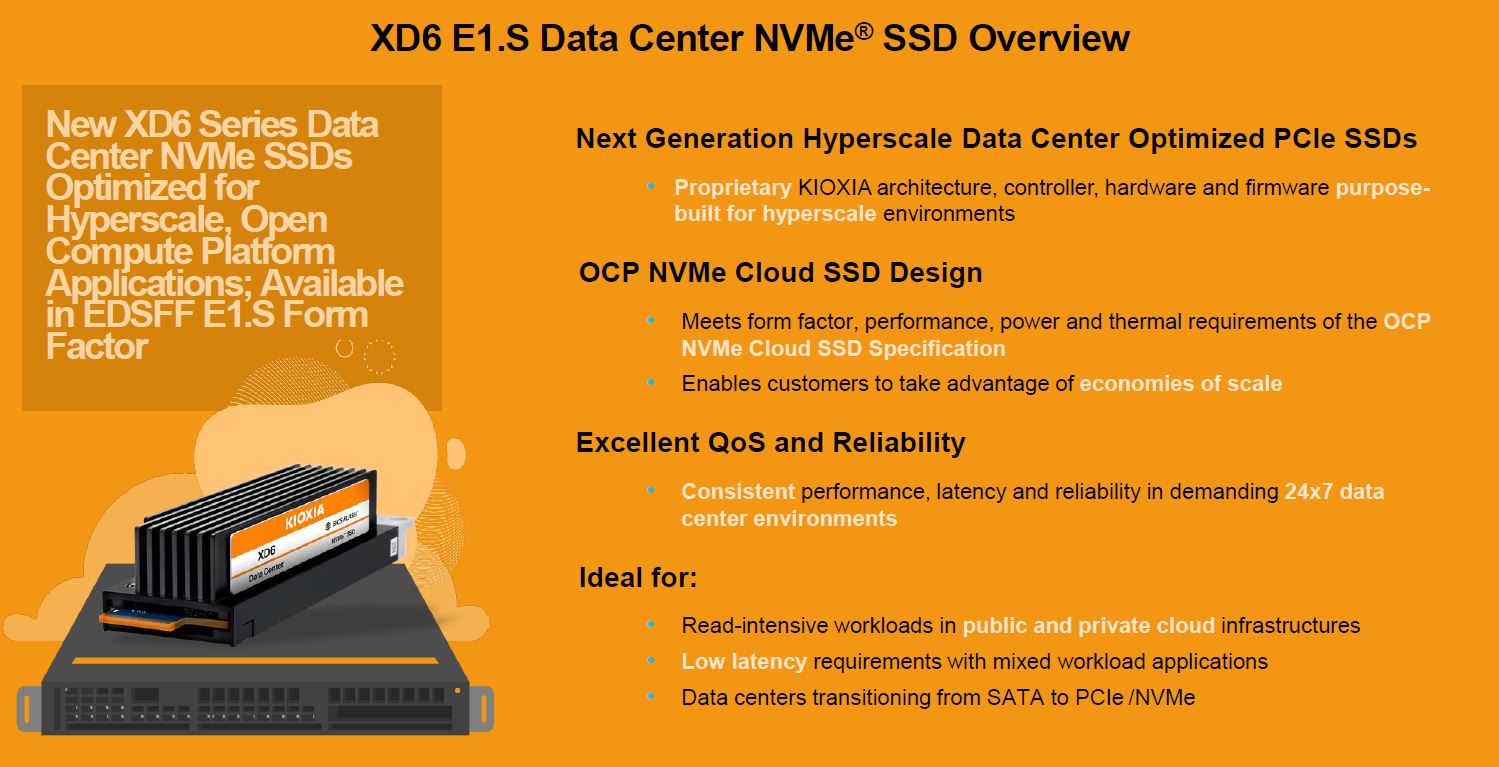
There are two main vectors of creating SKUs here. First, is the heatsink height. The E1.S allows for different sizes of heatsinks. This is a big deal since, along with storage, it is designed to house other types of devices such as AI accelerators and FPGAs. As a result, Kioxia has 25mm, 15mm, and 9.5mm options. We asked, and the drives are the same except for the heatsink size.
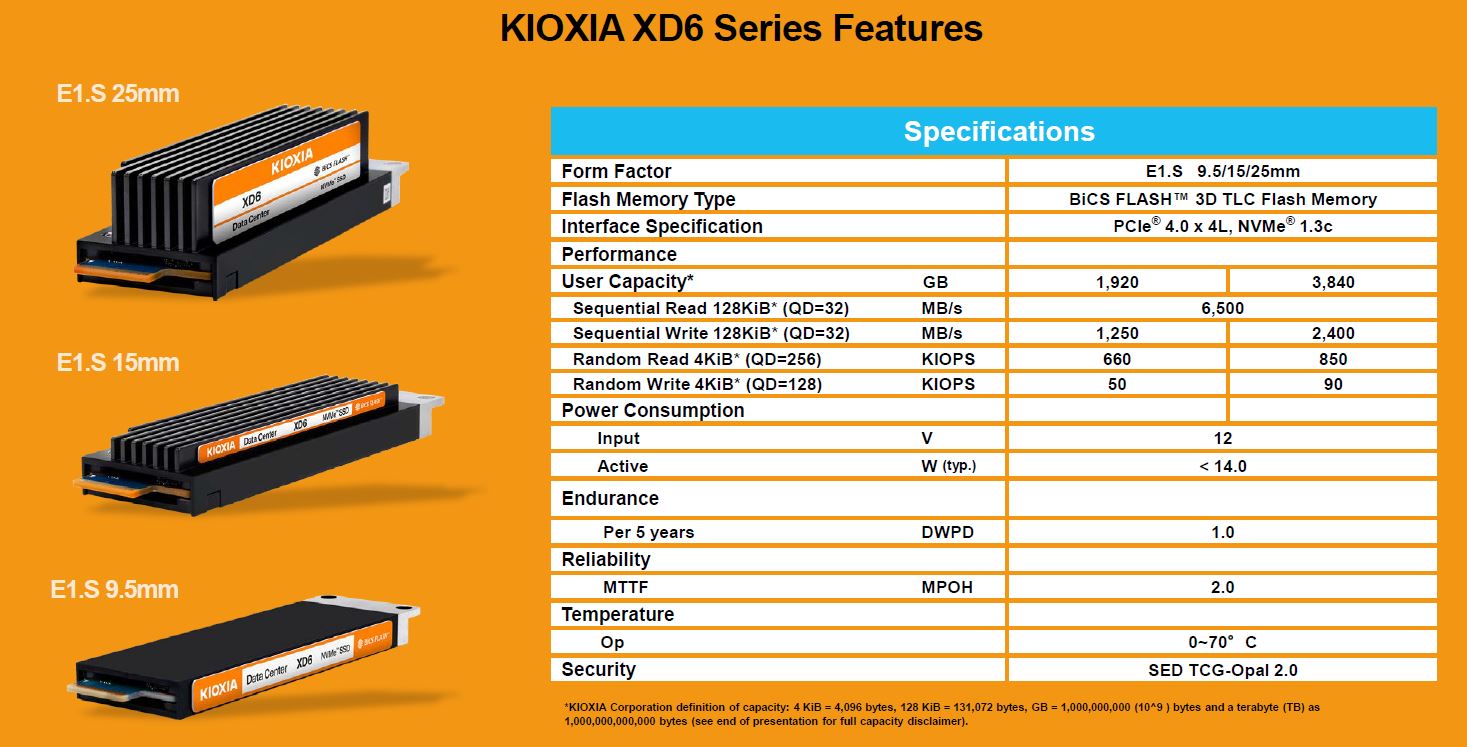
The other “size” related vector for creating SKUs is the SSD capacity. Kioxia is offering 1.92TB and 3.84TB models. For hyper-scale customers, they have specific capacity targets as they focus on having the right capacity and number of devices rather than having the largest and highest-performance single drives. As such, the hyper-scale demand was only for 1.92TB and 3.84TB capacities. This is a big step up from many other drive classes that still have offerings in the 800GB to 1TB range. On the other hand, we are not seeing 16TB-class devices here since that is too much NAND per device. We probably should have noticed this when we covered the Kioxia EDSFF SSD development with a 3.84TB capacity drive earlier this year.
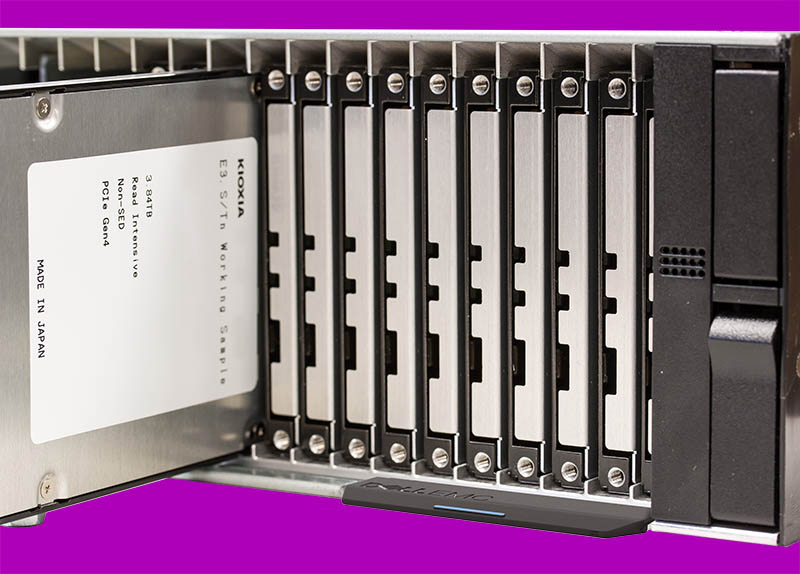
With the new controller and PCIe Gen4, the new XD6 is significantly faster than previous generation products. While we get around twice the sequential performance from a PCIe Gen3 to Gen4 transition, the random performance goes up to a larger extent. Most NVMe SSD vendors can quickly saturate a given link with sequential data, but offering faster random performance takes more controller and NAND work.
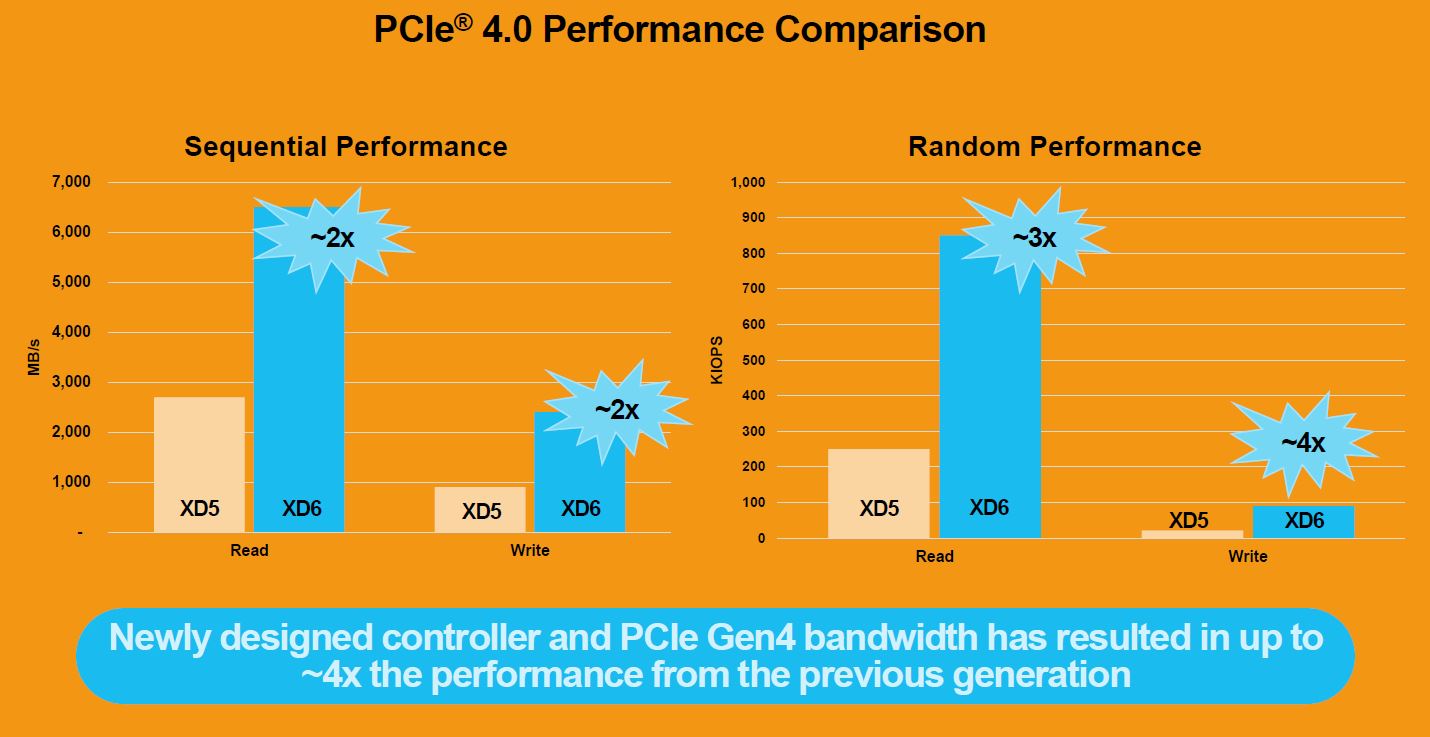
For those wondering why STH is a big proponent of PCIe Gen4, this is a great example. SSD pricing these days is largely dictated by the cost and value of the NAND. As a result, it becomes much more cost-effective to get a given level of performance with PCIe Gen4 NVMe SSDs than PCIe Gen3 SSDs. The hyper-scale customers understand this and have already effectively moved away from legacy SAS/ SATA interfaces to NVMe.
Final Words
We will have more on this drive in the future. The key takeaway here is that these drives are built for the future. While many traditional data center SSDs are designed for 2.5″, the big hyper-scale customers have moved beyond 2.5″ SSDs and are now focused on EDSFF. These drives are being used in the new Facebook Cooper Lake generation Intel Xeon Platforms as the company has moved to the new standard.
To STH readers, these are the types of SSDs that the big data center customers are starting to buy today and will be transitioning to with veracity in the first half of 2021 as we move into next-gen systems such as Ice Lake Xeons.

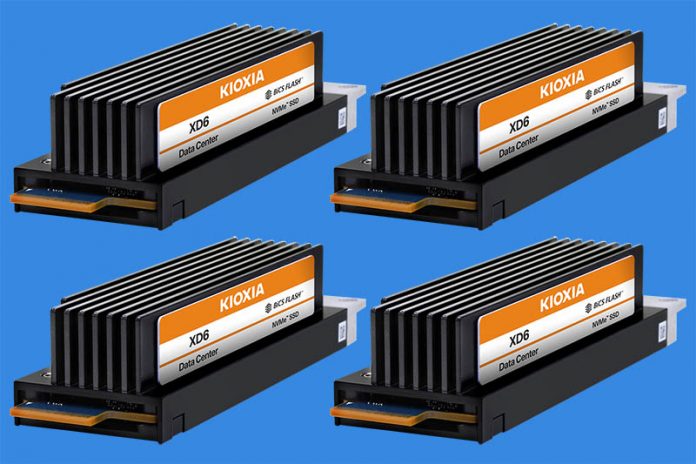


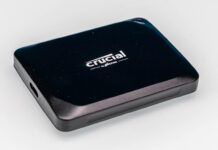
This form-factor makes a lot of sense, it is great to see the fast shift in modernising fit-for-purpose form-factors for datacenters, which hopefully inevitably will trickle down to SMBs. Looking forward to seeing the form-factor out in the wild.
I wonder if Intel will begin upscaling their Xpoint tech for EDSFF’like rollouts, maybe the NAND sale to SKH is the first step in the direction of devoting all effort in full-scale Xpoint promotion, could potentially be a huge market shifter if they go down that road just in time for EDSFF rollouts.